It cinches the waist, structures the silhouette, and leaves no one indifferent. The corset, long associated with constraint, is now making a comeback in fashion collections… with a very different message.
A sartorial icon of the past, the corset is making a comeback on the runways and in contemporary wardrobes. It’s no longer simply about cinching the body to the extreme, but also about playing with codes, reinterpreting silhouettes, and asserting a fashion, even feminist, stance.
Designers are revisiting this historic accessory in light of modern demands: comfort, inclusion, and self-determination.
A fashion piece with powerful symbolism
The corset has spanned the centuries as an emblematic piece of femininity and the domination of body norms. In the 19th century, it symbolized submission to an idealized figure. Today, it has become an object of reappropriation.
By playing with its codes (lacing, stays, rigid structure), designers like Vivienne Westwood and Jean Paul Gaultier have contributed to its reinvention.
On TikTok or Instagram, it’s worn over an oversized shirt, high-waisted jeans, or even a flowing dress. It has become an aesthetic statement, a style statement, even an unashamed provocation.
View this post on Instagram
Fashion or discomfort?
While the corset fascinates, it also continues to divide opinion. Even revisited, it raises the question: why continue to mold our bodies to a specific shape?
Some modern designs rely on soft materials, shaping elastics, and underwire-free versions to combine structure and comfort. But for others, the corset remains an uncomfortable piece that can hinder breathing or cause muscle tension if worn for too long.
The question of our relationship to the body, to the outside world, and to aesthetic performance therefore remains central.
Empowerment or illusion?
The new generation of corsets sometimes claims bodily empowerment: we choose to wear them to feel powerful, sculpted, and in control. But this idea can also conceal a disguised injunction: that of a controlled, smooth, and efficient body.
The debate is open: can wearing a corset truly be an act of liberation or is it simply a tool of seduction redesigned for our times? The answer may lie in the intention. When it is chosen, not forced upon us, and integrated into a creative or identity-building process, the corset becomes a platform for expression. Otherwise, it risks becoming a new stylish prison.







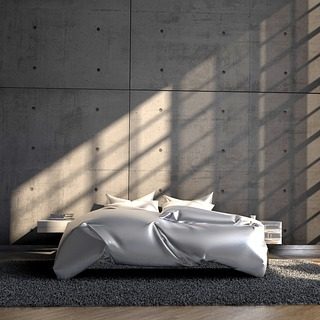




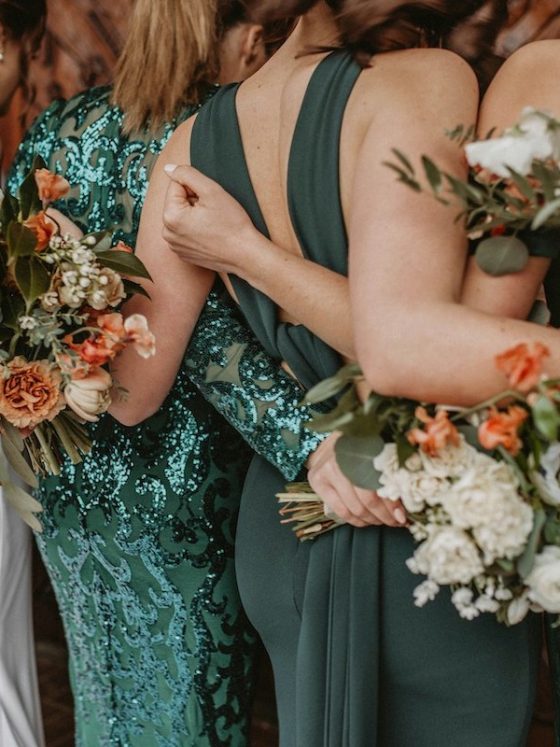
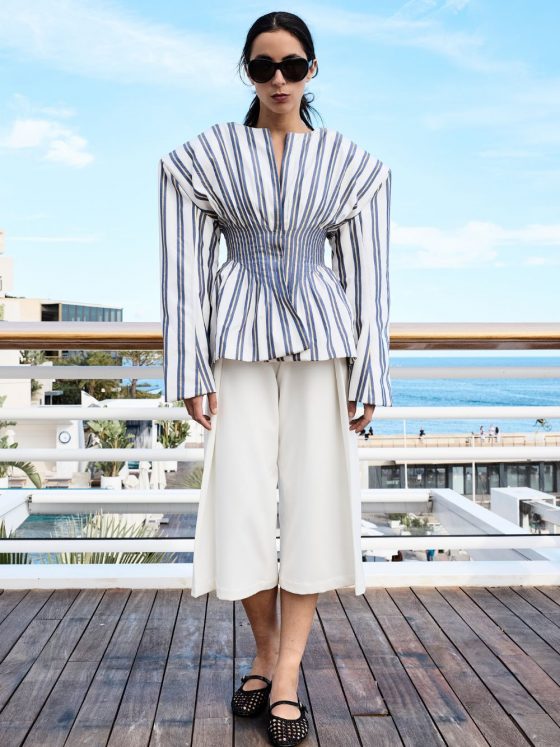
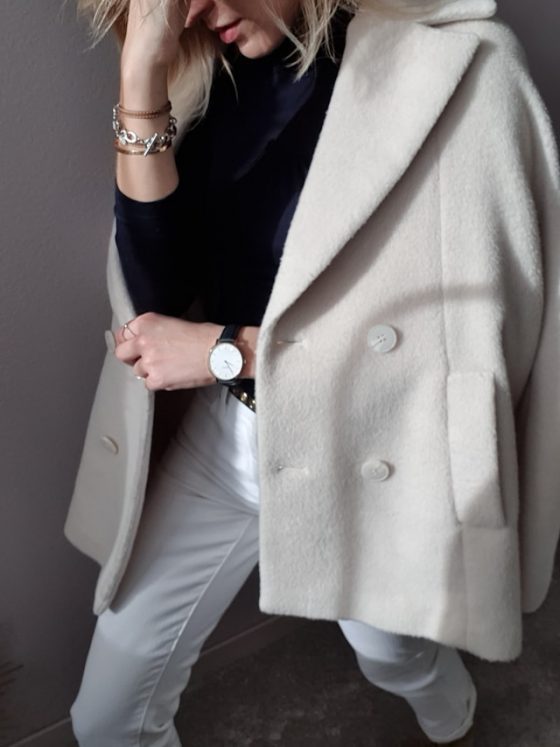





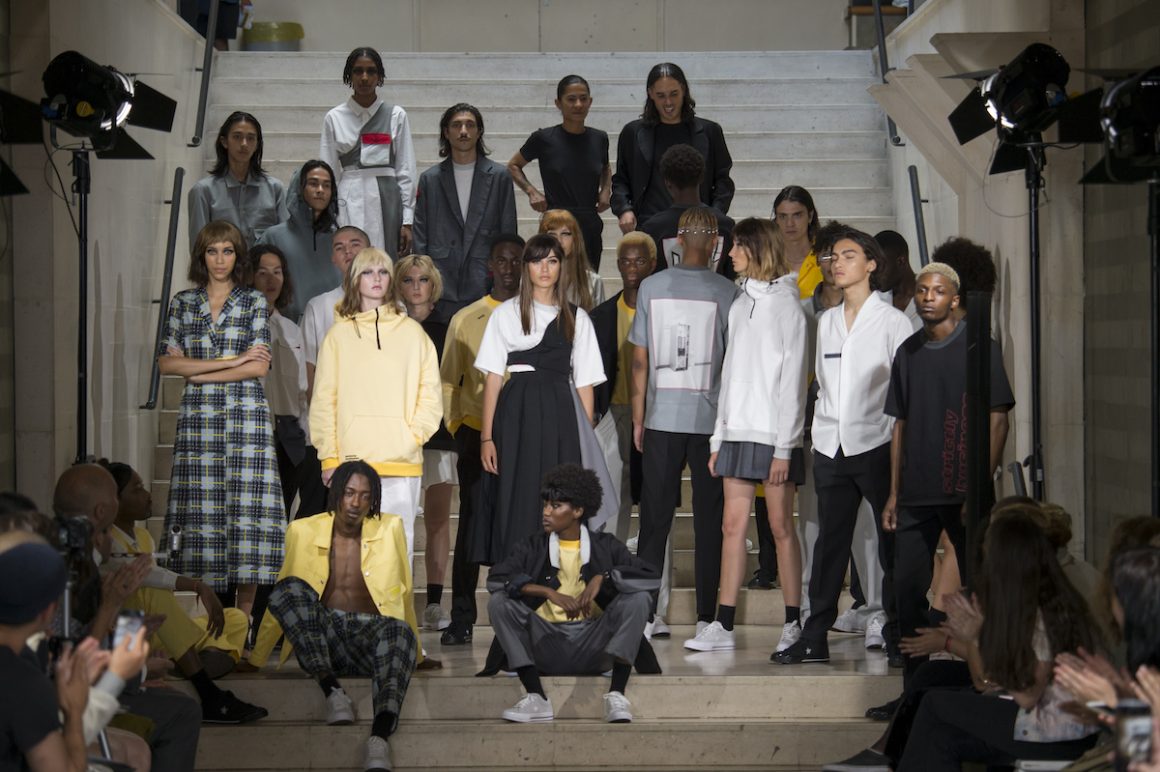


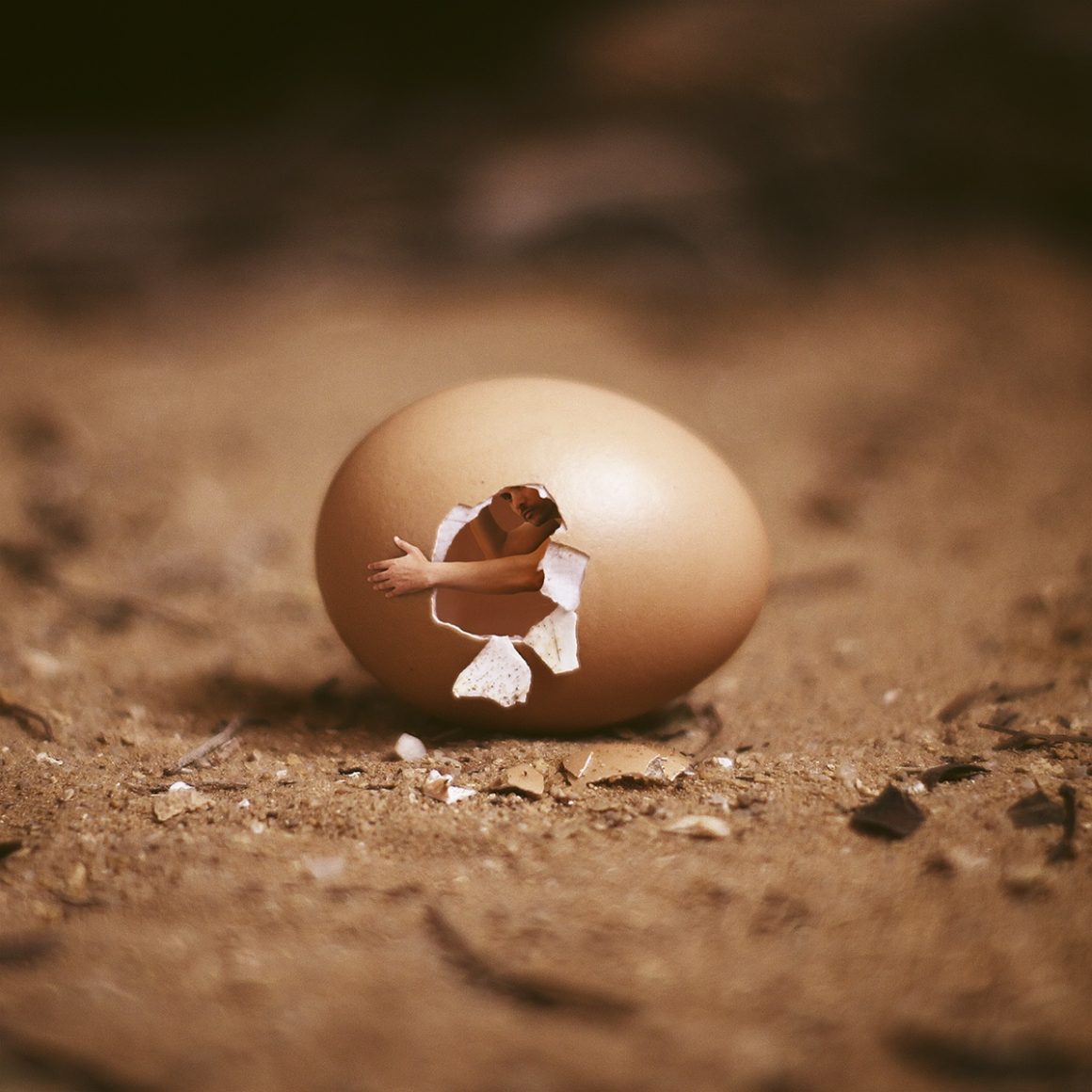

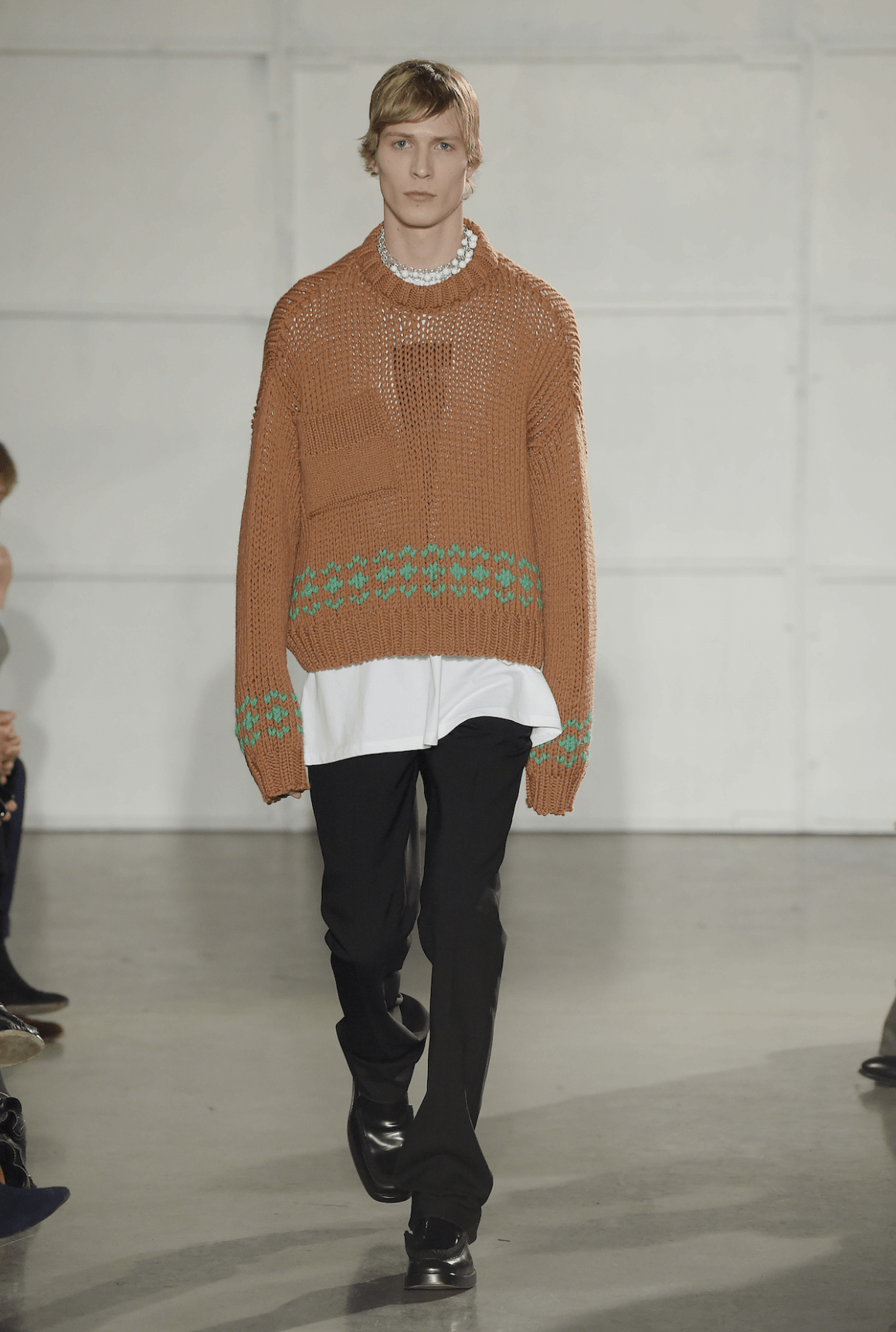
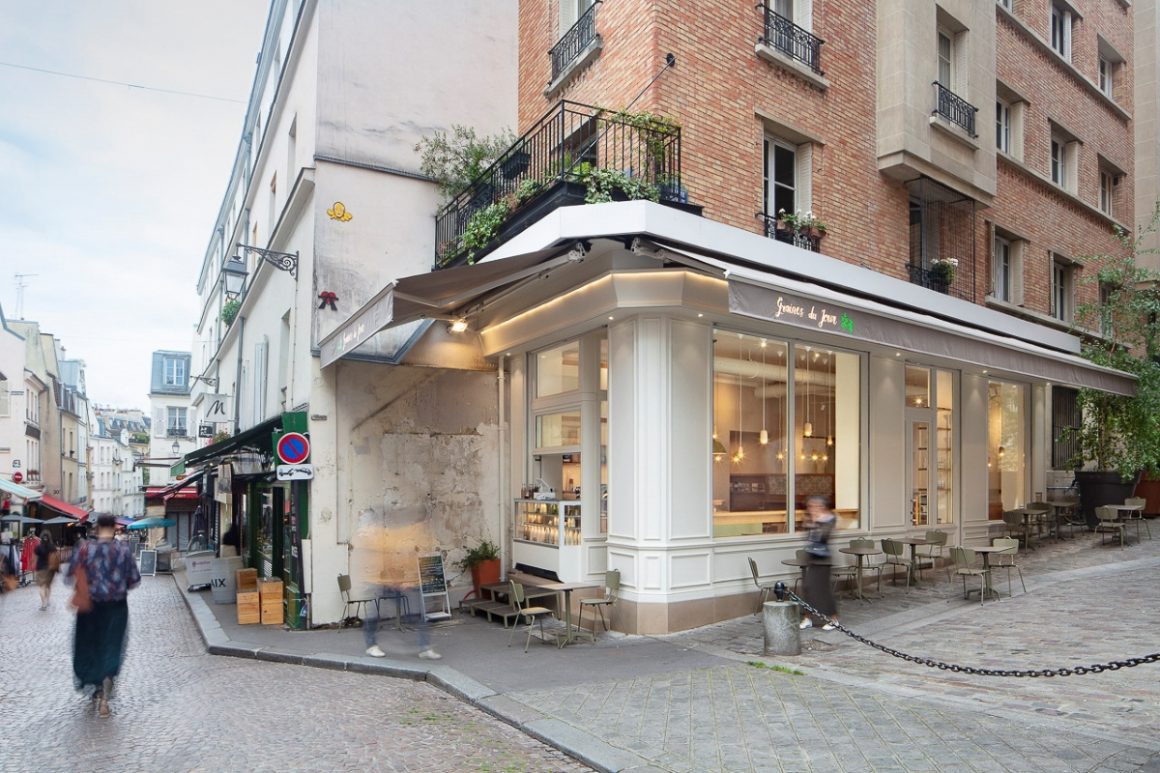
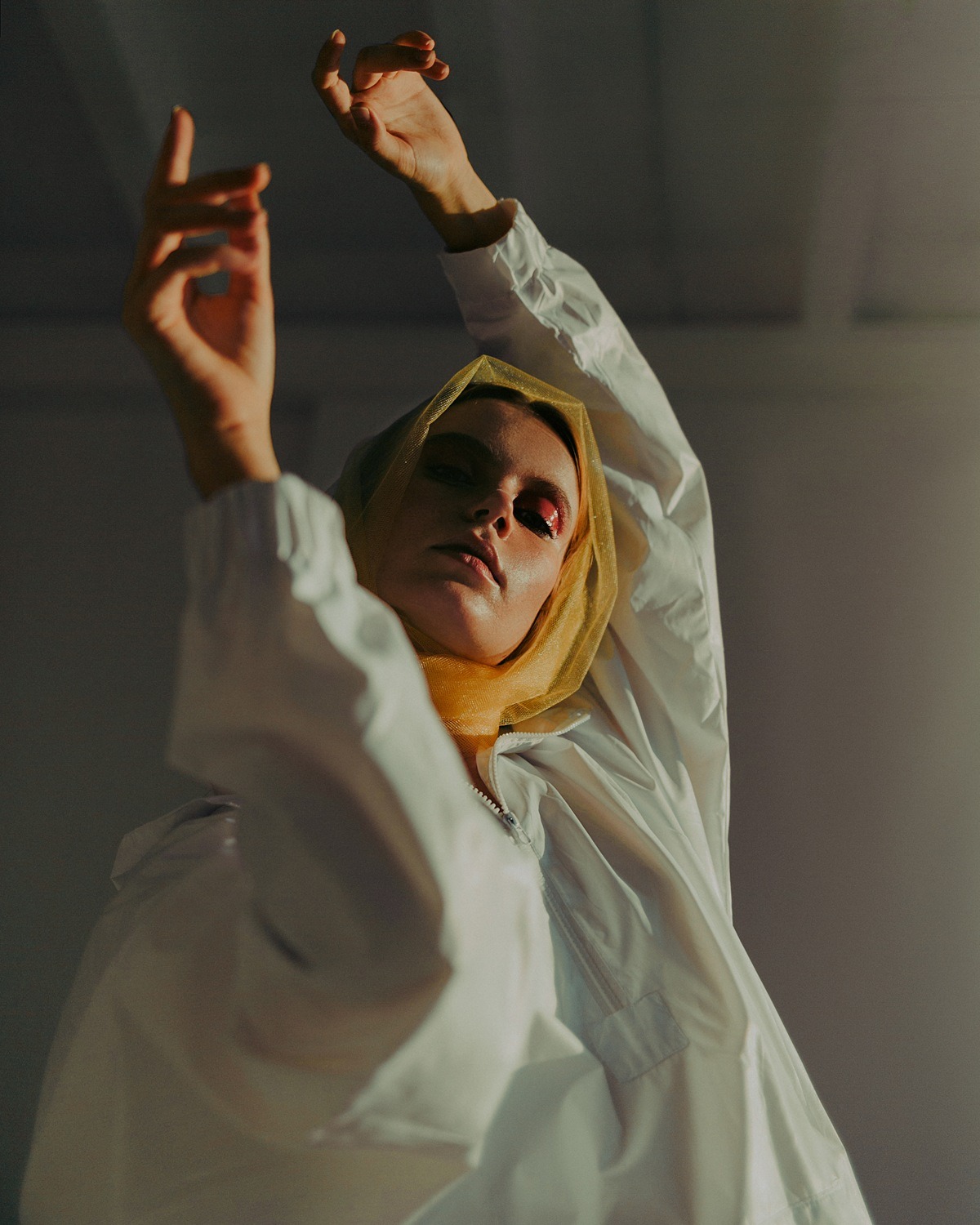
Follow us on Instagram